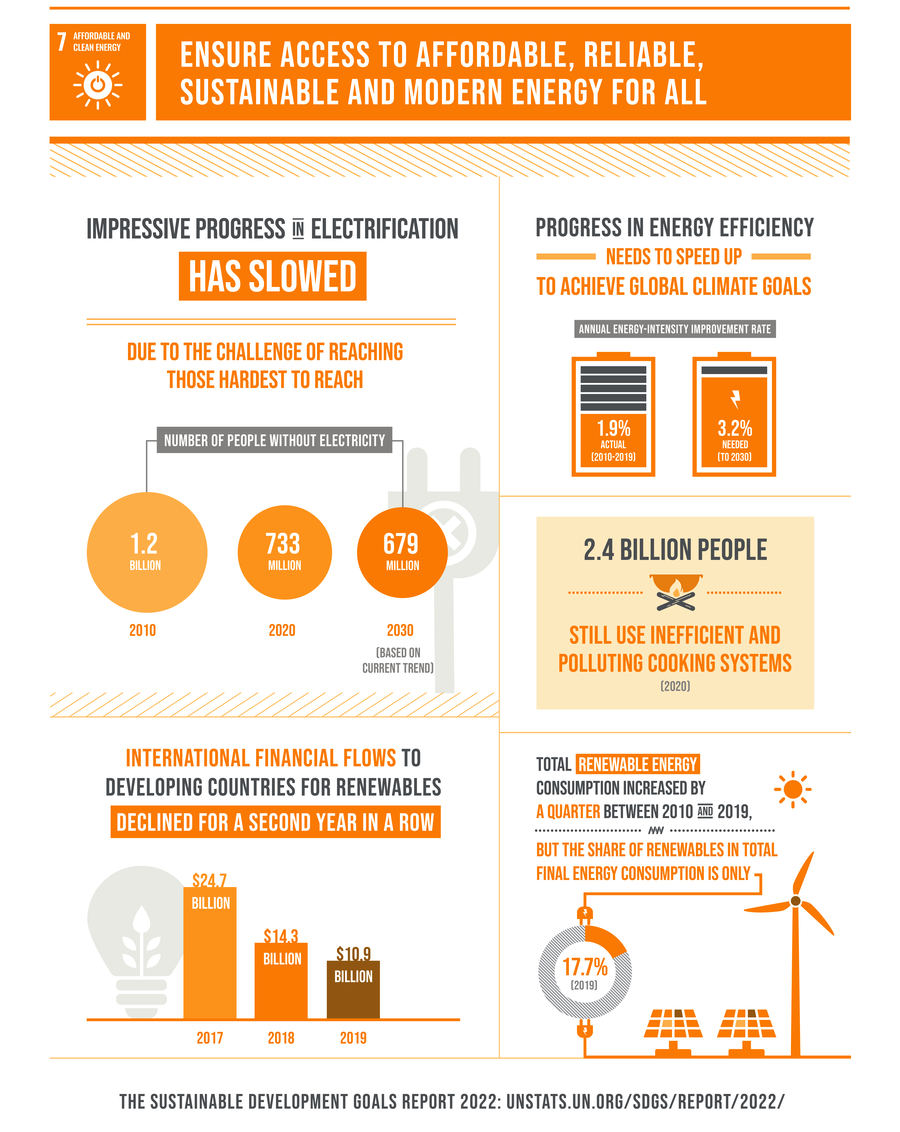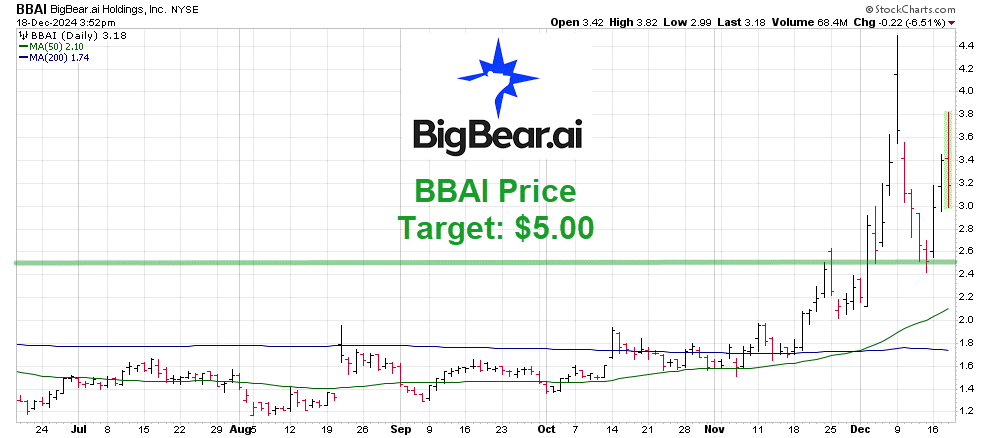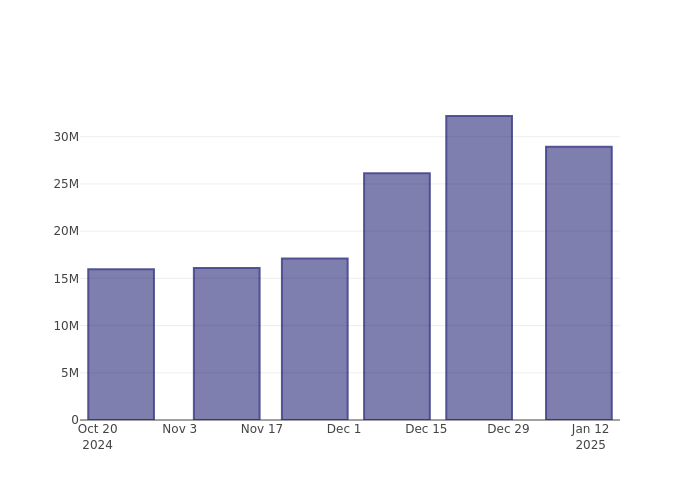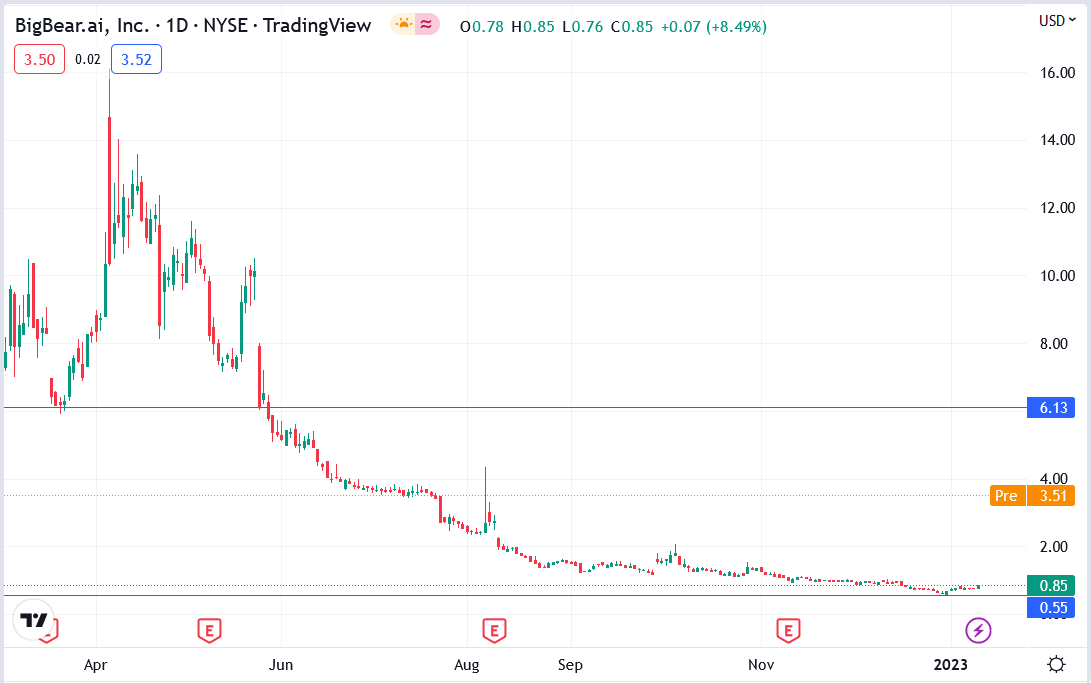Clean Energy's Unexpected Enemies: Threats To A Flourishing Sector

Table of Contents
Political and Regulatory Hurdles
The transition to a clean energy future is heavily reliant on supportive government policies. However, the reality is far more complex. Navigating the political landscape and overcoming regulatory hurdles presents significant challenges for the clean energy sector.
Shifting political landscapes and policy uncertainty
Changes in government and political priorities can dramatically impact clean energy initiatives. Subsidies, tax credits, and permitting processes are all susceptible to shifts in political will. This inconsistency creates uncertainty for investors and developers, hindering long-term planning and investment in renewable energy projects.
- Examples of countries/regions with inconsistent clean energy policies: The United States, with its fluctuating federal policies and state-level variations, provides a prime example. Similarly, some European nations have seen reductions in renewable energy support following changes in government.
- The impact of lobbying efforts from fossil fuel interests: Powerful lobbying groups representing fossil fuel industries often actively work against the expansion of renewable energy, advocating for policies that favor established energy sources. This lobbying significantly influences the legislative landscape, creating obstacles for clean energy initiatives.
Complex and lengthy permitting processes
Obtaining the necessary permits for renewable energy projects, including wind farms, solar plants, and hydroelectric dams, can be a lengthy and complex process. Bureaucratic delays, conflicting regulations, and extensive environmental impact assessments often lead to significant project delays and increased costs.
- Examples of specific permitting delays and their consequences: Numerous instances of renewable energy projects facing years of delays due to permitting issues exist globally, leading to increased costs, lost investment opportunities, and missed renewable energy targets.
- Suggestions for streamlining the permitting process: Improving transparency, establishing clear timelines, and employing collaborative approaches involving stakeholders can help streamline the permitting process and accelerate the deployment of renewable energy projects.
Economic and Financial Constraints
Despite the growing appeal of clean energy, significant economic and financial hurdles remain. These constraints can limit the scale and pace of the transition to a sustainable energy system.
Intermittency and storage challenges
Solar and wind power, while abundant, are inherently intermittent energy sources. Their output fluctuates depending on weather conditions, requiring effective energy storage solutions to ensure a reliable energy supply.
- Costs associated with battery storage technology: While battery technology is rapidly advancing, the costs associated with large-scale energy storage remain a barrier to widespread renewable energy adoption.
- Grid infrastructure limitations in handling intermittent energy sources: Existing electricity grids are often not designed to handle the fluctuating nature of renewable energy sources, requiring upgrades and modernization to accommodate increased renewable energy penetration.
High upfront capital costs
Large-scale renewable energy projects require significant upfront investments. The high capital costs can make it challenging to secure financing, particularly for smaller developers and projects in developing countries.
- Comparison of upfront costs for renewable vs. fossil fuel energy: While the long-term operational costs of renewable energy are generally lower, the upfront capital costs for renewable energy projects are often significantly higher than those for fossil fuel-based projects.
- The role of venture capital and government investment in mitigating these costs: Venture capital and government investment play a crucial role in mitigating these high upfront costs, providing much-needed capital and stimulating further innovation and growth in the renewable energy sector.
Social and Environmental Opposition
The transition to clean energy also faces social and environmental challenges, ranging from local community opposition to concerns about the environmental impact of renewable energy technologies.
NIMBYism (Not In My Backyard) and community resistance
Local communities sometimes resist the construction of renewable energy projects, primarily due to concerns about visual impacts, noise pollution, or potential environmental effects. This "Not In My Backyard" (NIMBY) phenomenon can significantly delay or even halt projects.
- Examples of successful community engagement strategies: Transparent communication, early community involvement in project planning, and addressing local concerns proactively can increase community acceptance of renewable energy projects.
- Addressing concerns about land use and environmental impact: Careful planning, environmental impact assessments, and mitigation strategies are essential to address concerns about land use and environmental impacts associated with renewable energy projects.
Resource conflicts and environmental impact
The manufacturing and deployment of some renewable energy technologies can have potential negative environmental impacts. For example, the extraction of rare earth minerals for wind turbines and the disposal of solar panels raise significant environmental concerns.
- Sustainable sourcing practices and lifecycle assessments: Promoting sustainable sourcing practices and conducting comprehensive lifecycle assessments are crucial to minimize the environmental impact of renewable energy technologies.
- Recycling and responsible disposal of renewable energy components: Developing efficient recycling programs and establishing responsible disposal methods for renewable energy components are vital to reduce waste and protect the environment.
Conclusion
The clean energy sector, while experiencing rapid growth, faces a complex web of unexpected enemies. Political instability, economic constraints, and social opposition all pose significant threats to its widespread adoption. Addressing these challenges requires a multifaceted approach involving supportive government policies, technological innovation, and proactive community engagement. The future of clean energy depends on overcoming these unexpected enemies. By understanding the obstacles and actively supporting responsible development and innovation in the renewable energy sector, we can ensure a sustainable and prosperous future powered by clean energy solutions. Let's work together to accelerate the transition to a cleaner, more sustainable energy future.

Featured Posts
-
 Nyt Mini Crossword Solutions For April 18 2025
May 21, 2025
Nyt Mini Crossword Solutions For April 18 2025
May 21, 2025 -
 From The Mountains To The Med A Self Guided Walking Tour Of Provence France
May 21, 2025
From The Mountains To The Med A Self Guided Walking Tour Of Provence France
May 21, 2025 -
 Is Gumball Getting Even Stranger A Sneak Peek
May 21, 2025
Is Gumball Getting Even Stranger A Sneak Peek
May 21, 2025 -
 Switzerlands Strong Response To Chinese Military Activities
May 21, 2025
Switzerlands Strong Response To Chinese Military Activities
May 21, 2025 -
 D Wave Quantum Qbts Stock Decline Understanding Mondays Dip
May 21, 2025
D Wave Quantum Qbts Stock Decline Understanding Mondays Dip
May 21, 2025
Latest Posts
-
 Bbai Stock Takes A Hit 17 87 Drop Due To Revenue Miss And Instability
May 21, 2025
Bbai Stock Takes A Hit 17 87 Drop Due To Revenue Miss And Instability
May 21, 2025 -
 Analyzing The D Wave Quantum Qbts Stock Decrease On Monday
May 21, 2025
Analyzing The D Wave Quantum Qbts Stock Decrease On Monday
May 21, 2025 -
 Big Bear Ai Holdings Inc Bbai Stock Crash 17 87 Plunge Explained
May 21, 2025
Big Bear Ai Holdings Inc Bbai Stock Crash 17 87 Plunge Explained
May 21, 2025 -
 Why Did D Wave Quantum Qbts Stock Fall On Monday A Detailed Look
May 21, 2025
Why Did D Wave Quantum Qbts Stock Fall On Monday A Detailed Look
May 21, 2025 -
 Big Bear Ai Bbai Faces Headwinds Analyst Downgrade Analysis
May 21, 2025
Big Bear Ai Bbai Faces Headwinds Analyst Downgrade Analysis
May 21, 2025
